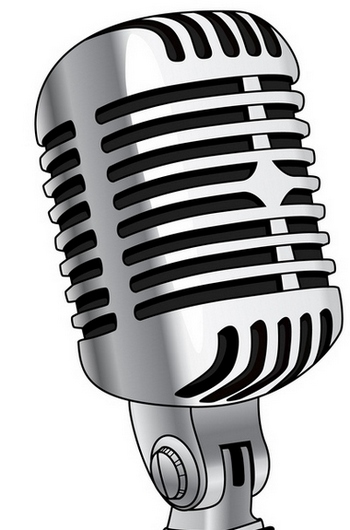Molly Graham
Assistant Director
Oral History & Folklife Research, Inc.
June 2018
My first introduction to oral history was in the form of a 2001 radio story that aired on This American Life. (I feel like a lot of oral historians’ origin story begins this way.) Reporter Carl Marziali was telling the story of David Boder, a psychologist who escaped the Russian Civil War and came to the United States in 1919. Boder returned to Europe in 1945 to record the first Holocaust testimonies, over a decade before we called the Holocaust the Holocaust. Terms such as “death march” don’t appear in any of the 109 interviews recorded in a dozen different languages. Names like Josef Mengele are mispronounced as “Wengele” in the recordings. These interviews are so different from later Holocaust testimonies and memoirs that have been shaped by time and other survivor’s accounts.
At the time I heard this radio show, I thought I wanted to do for a living what Carl Marziali was doing – produce radio documentaries. I didn’t know that I would also end up doing what David Boder did – recording life stories. I went on study at the Salt Institute in Portland, Maine. Here I learned how to produce radio documentaries – podcasts. My education at Salt, much more than my graduate work in library and archives management, has informed my approach to doing oral history. At Salt, we were taught how to be professional sound engineers, but also how to capture “felt life” from narrators, meaning the closest understanding of another person’s life experience. I became embedded in a story for four months documenting the experience of two men who claim to be abducted by aliens in Maine’s Allagash Wilderness. And my approach to interviewing Jack and Charlie has been the same for everyone I have interviewed since – veterans, activists, immigrants. This is their version of their life. I am the midwife to their life story. I am there to guide it out and record it well.
Salt changed the trajectory of my life, helped shape my career and made me a good oral historian. I have since urged every oral historian, colleague, and stranger on the street to attend this program or the Transom Storytelling workshops. Because of Salt I get good tape and good content. This has been my big push in the field of oral history – the quality of the recording is as important as the information contained within it. Poor sound quality precludes access and use. Oral historians need to adopt the standards of public radio – good equipment, mic placement, soundchecks, soft space, and NO extraneous interviewer noises (mm-hmm, yeah, etc.). Interviews are easier to transcribe, excerpt, and share if recorded well. It honors the story of the person you are interviewing if recorded warmly, closely and crisply. It’s embarrassing to turn over a recording that sounds like it was recorded under the sea, in a wind tunnel or with an adult from the Peanuts cartoon. And it’s so avoidable. As much attention should be paid to the questions we are asking and the content we are creating as to the medium we record these memories and stories on.
Podcasts have become a popular way for oral historians to feature their stories, share bite-sized portions of their work. There’s been a lot of buzz about this topic in our field. Lots of oral history institutions are getting into podcasting – talking about and featuring their material. It’s a great opportunity to have the content reach broader and more diverse audiences. It gives our collections longer lives and a wider geographic and demographic scope. Our interviews become more flexible and versatile if shared in this way. It’s also a great way to get reacquainted with your collection and the stories in it. But if oral historians are not trained properly in sound recording techniques, podcast pieces won’t be a successful way to highlight our important work.

